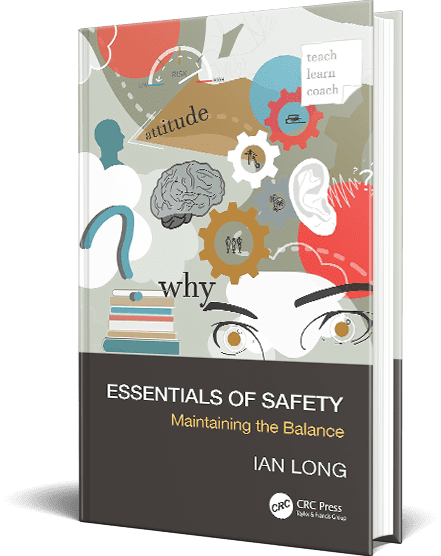As it has been said: “Like every method, every model and every process, if you approach it with a healthy level of skepticism, pragmatism and a few other “isms” that help you see it as a means to an end rather than a be-all and end-all approach, you will be fine.”
We can, and perhaps should, apply the same philosophy to 5-whys. If we set up a little spreadsheet with cells each with the labels Why? Why? Why? Why? and Why?, we are probably doomed to a very Newtonian (Cause and effect) set of “causes”. However, if we have created our time line in a way that enables us to explore the differences between the way the work was done on the day (Work-As-Done) and the way we might think the way should be done according to the procedures (Work-As-Intended) and used those gaps (or differences) as fodder for the 5-Whys and then had the right conversations to think about the explanations for those gaps, we could be onto something useful.
So we come to thinking about what are the “useful” conversations to have instead of asking “Why?” five times? This is, once again, time when we need to lean on some of the great safety thinkers and scientists of our time. Names like Sidney Dekker, Eric Hollnagel and Daniel Kahneman come to mind. Instead of asking “Why?” we could be talking about the level of resilience the safety system has, or the level of resilience the individuals involved have. We could be asking about the level of complexity in the procedures and the complexity of the task that may have made their lives difficult. We could talk about the way those involved viewed their world at the time and how they made their assessments of the situation and what drove the actions we later decided were not good ones. How about a conversation about the competencies, capacities and skills of those involved? Or checking out whether drift played a part is setting us up for failure?
These are the sorts of conversations that will make a difference in our understanding of the “incident” and steer us toward explanations of observed actions and assessments, rather than to “causes” of incidents.

